Start 14-Day Trial Subscription
*No credit card required

The Czech Republic: Searching for the Heart of Bohemian Beer
Normally, I’d say don’t come to Prague. At least don’t come to the capital of the Czech Republic to find a Bohemian beer paradise. Come to Prague because it’s one of the most beautiful cities in Europe. Come here to see 10 centuries of perfectly preserved architecture. Or to gawk at those few beautiful locals who haven’t yet left for modeling careers in Paris. Come here to watch a production of Don Giovanni in the jewel-box Estates Theater, where Mozart himself conducted the opera’s 1787 premiere, or come here to walk on the banks of the Vltava River and stare at the spires of the St. Vitus Cathedral, soaring above the very same castle that inspired Franz Kafka. Come here for any number of reasons, but just don’t come for the beer.
Because even though Prague is the capital of the world’s greatest beer-consuming country, I’ve often said I don’t think it’s the epicenter of Bohemian beer culture. I’ve called the city home since the summer of 2000, and a couple of years ago I counted all the Czech beers you could regularly find in Prague. Unfortunately, beers from the most interesting breweries in the Czech Republic were generally not available. Instead, hundreds of pubs in Prague seemed to offer the same two or three brands, most of which were exported internationally anyway.

Clockwise from far left (Photos by Evan Rail)
Prague’s Charles Bridge dates from the 15th century; a glass of the 14° special at Urytíře Lochoty in Plzeň shows the typical turbid cloudiness of most unfiltered Czech beers; the První Pivní Tramway bar in Prague was the country’s first to begin offering rotating craft beers from independent producers; the grounds of Pilsner Urquell feature the brewery’s trademark water tower; Budweiser Budvar is one of the most enduring Czech brands.
So where should you go instead?
The regions, that’s where. With a world-leading annual per capita consumption rate of 160 liters – about 338 U.S. pints – it is hard to travel anywhere in the beer-loving Czech Republic without finding at least a couple of great brews, many of which you used to never see in Prague. Roughly the size of South Carolina, the country is composed of two regions of about the same size, with Bohemia in the west and Moravia in the east. (Pedants will maintain that today’s Czech Republic also includes part of Silesia, but there is a very good reason why sensible people grab pitchforks, form angry mobs and run pedants out of town. For our purposes, Silesia is part of Moravia.) Somewhere out there – somewhere far from Prague – Bohemian beer paradise awaits.
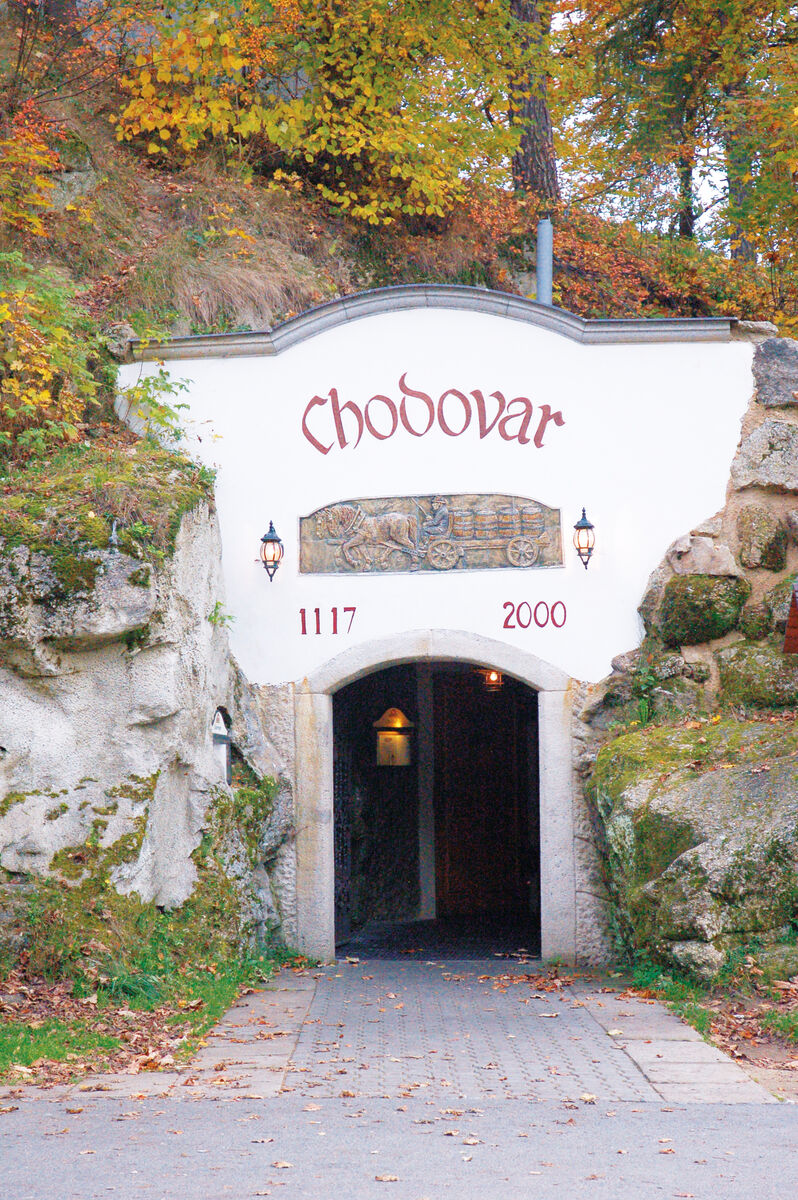
The Chodovar brewery and hotel near Karlovy Vary includes a restaurant in old lagering caverns and even offers beer baths in its spa.
South Bohemia
For centuries, beers from South Bohemia have been renowned throughout central Europe. Archives note that the area’s Jihlava brewery was sending its beloved beer to the Viennese court of the Holy Roman Empire at least as far back as 1452; today, it is rarely found far from the brewery grounds, which include a large pub and a lovely beer garden.
For most beer tourists, the region’s main destination is the administrative capital of České Budějovice, known as Budweis in German, which is home to one of the Czech Republic’s most enduring brands: Budweiser Budvar, the legal opponent of the American Budweiser that took its name from the brews produced here for centuries.
Beyond being a touchstone for lovers of the underdog, České Budějovice makes a great stopping-off spot for exploring the rest of the region. Nearby are the carp ponds and the castle brewery, today called Bohemia Regent, in the town of Třeboň, as well as the brewery in the fairy-tale village of Český Krumlov, a warren of medieval houses nestled in a crook of the Vltava River underneath a hilltop castle. (Called Pivovar Eggenberg, it has no connection to Austria’s Schloss Eggenberg brewery, maker of Samichlaus).

West Bohemia
West Bohemia is the home to some of the country’s greatest traditions, as well as some of its most interesting new developments. Start, for example, in the town of Plzeň, a.k.a. Pilsen, where the first pilsner beer was produced way back in 1842. Pilsner is arguably the world’s most popular beer style, and yet there is an obvious difference when you taste the original. It’s more richly malty and far more bitter than most versions around the world. In pilsner’s homeland, there is only one beer that is allowed to use that name: the originator, Pilsner Urquell. (Everything else goes under the genre of “pale lager” – světlý lezák in Czech – or the more awkward “pilsner-style beer.”)
And indeed, for many, the Pilsner Urquell brewery is a must-see. There is a very nice visitors’ center, with tours taking place in English and other languages several times a day. More importantly, only on the brewery tour are fans able to sample the version of Pilsner Urquell that is still fermented and lagered in the original manner, using large wooden casks lined with brewers’ pitch, which some would argue makes for the best-tasting version of the beer available. The site is actually two breweries – the country’s biggest-selling brand, Gambrinus, is produced at a separate-but-connected brewhouse on the same grounds – but it has not been possible to tour the Gambrinus brewery. Until now, that is. Plans have been approved and construction of new visitors’ facilities are underway, with the first tours of Gambrinus scheduled to start by the middle of this year.
Also in Plzeň is the city’s brewery museum, located in a former malthouse dating from the 15th century. But perhaps more noteworthy are Plzeň’s handful of great brewpubs, an ongoing development that is taking Czech beer culture into the 21st century. Two of them have opened in the city just in the past couple of years: Pivovar (or “brewery”) Groll, also known as Lotr, and the remarkable Purkmistr, which hosts a great craft beer festival called Slunce v skle (or “Sun in the Glass”) one weekend in mid-September. Both of these brewpubs also function as hotels, offering on-site rooms to rent.
An older brewpub in Plzeň, U rytíře Lochoty, serves two great lagers, both of which are kvasnicový ležák, or “yeast lager” – think of it as a very well-krausened lager that might have been previously filtered, though the term is often extended to just mean unfiltered beer. At U rytíře Lochoty you’ll also find one of the Czech Republic’s most enduring traditions: the habit of naming beers by their wort’s specific gravity, a practice also employed, though on a different numbering system, by well-known Belgian brewers like Rochefort.
Czech brewers use the Balling or Plato scale, originally developed in Prague in the mid-19th century by the Bohemian brewing technologist Carl Josef Napoleon Balling and later improved by the German scientist Fritz Plato. Usually, a beer of about 4 percent alcohol is brewed at 10 degrees (1.040) on the Balling scale and is thus referred to by most locals as a desítka, or “tenner,” while menus and signs will list the beer as 10 degrees or even, most confusingly, 10 percent. A premium lager of about 5 percent alcohol, brewed at 12 degrees Balling, is called a dvanáctka, or “twelver.” Those strengths will cover most of what you’ll see here, though beers as weak as 7 degrees and as strong as 33 degrees can be found on the Czech market. Urytíře Lochoty sells two standard beers: a medium-bodied 11-degree, or jedenáctka, and a 14-degree, or čtrnáctka, a slightly darker amber lager with a lovely yeast nose and about 6 percent alcohol.
With its five breweries and an easy hour-and-a-half travel distance from Prague, Plzeň is an ideal destination for day-trippers, though longer stays will give you time to explore the countryside. In the surrounding area are some excellent brewpub-hotels, like U Rybiček in the old silver-mining town of Stříbro, maker of an aromatic strong wheat beer called Duchmaus, named after a local goblin, and the Hotel St. Florian, which brews its own beer in the hilltop town of Loket. The area will reward explorers, with its storied tradition of healing spas most famously celebrated in Karlovy Vary, a.k.a. Carlsbad. The two traditions combine at the Chodovar brewery and hotel, which offers about a half-dozen very nice lagers, an atmospheric underground restaurant in the old lagering caverns, and the opportunity to take a therapeutic bath in beer at the brewery’s own beer spa.
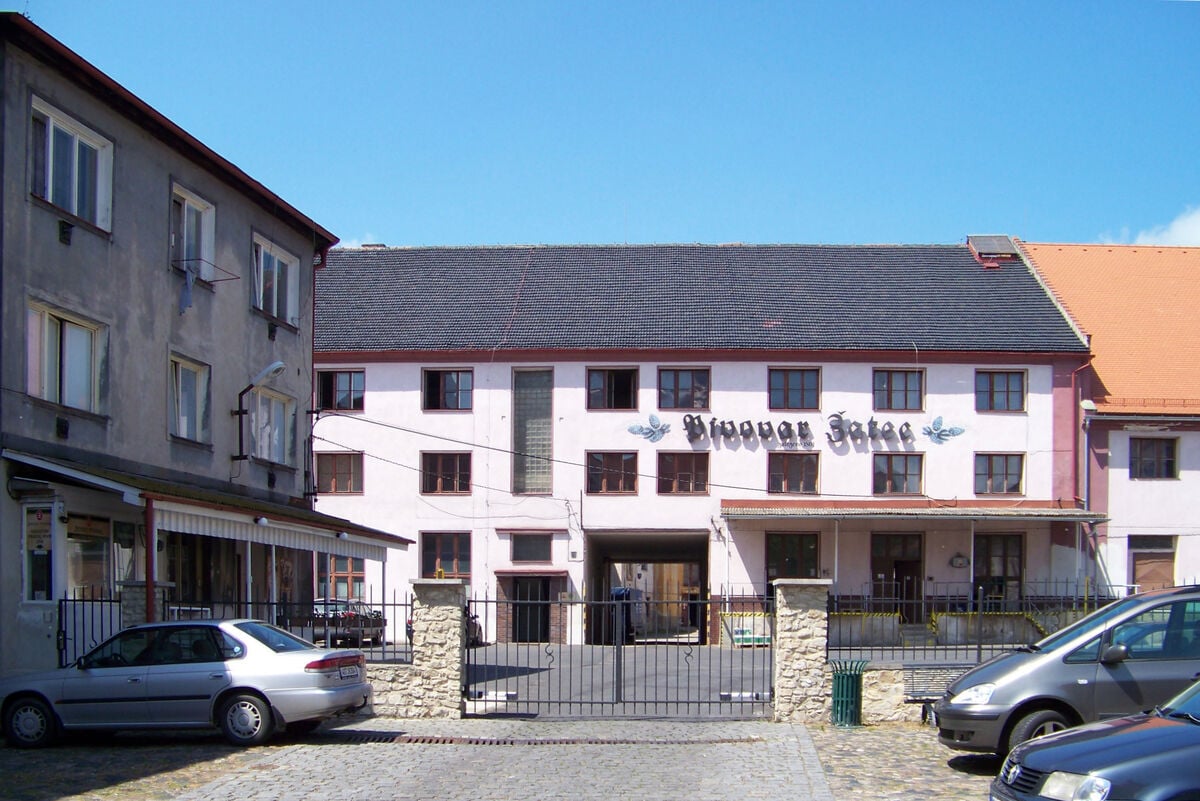
North Bohemia
An hour or so northwest of Prague is the town of Žatec, known as Saaz in German and famous for most of the last thousand years for its namesake hops. The town’s brewery, Žatecký Pivovar, is located right off the main square, where the Žatec Hop Festival takes place on the first weekend in September.
The mountainous area in the far north, along the German and Polish borders, hosts one of the country’s most innovative microbreweries, Pivovar Kocour Varnsdorf, which has been leading a new generation of producers to look beyond the country’s traditional styles and the near-exclusive use of Saaz hops. In particular, Kocour has offered such foreign styles as I.P.A.’s, smoked lagers and saisons, and it has pioneered the use of American hop varietals.
In the mountain town of Harrachov, home to a celebrated ski jump, workers at the local glassworks were going through so much beer in their oven-like work environment that the factory installed a small brewery to satisfy their needs. Visitors to the Novosad glassworks can watch the workers blow molten glass into ornate vases and chandeliers before trying one of the low-grade glassworker brews – or a couple of classic Czech lagers – as well as good meat-and-potatoes fare in the on-site restaurant.
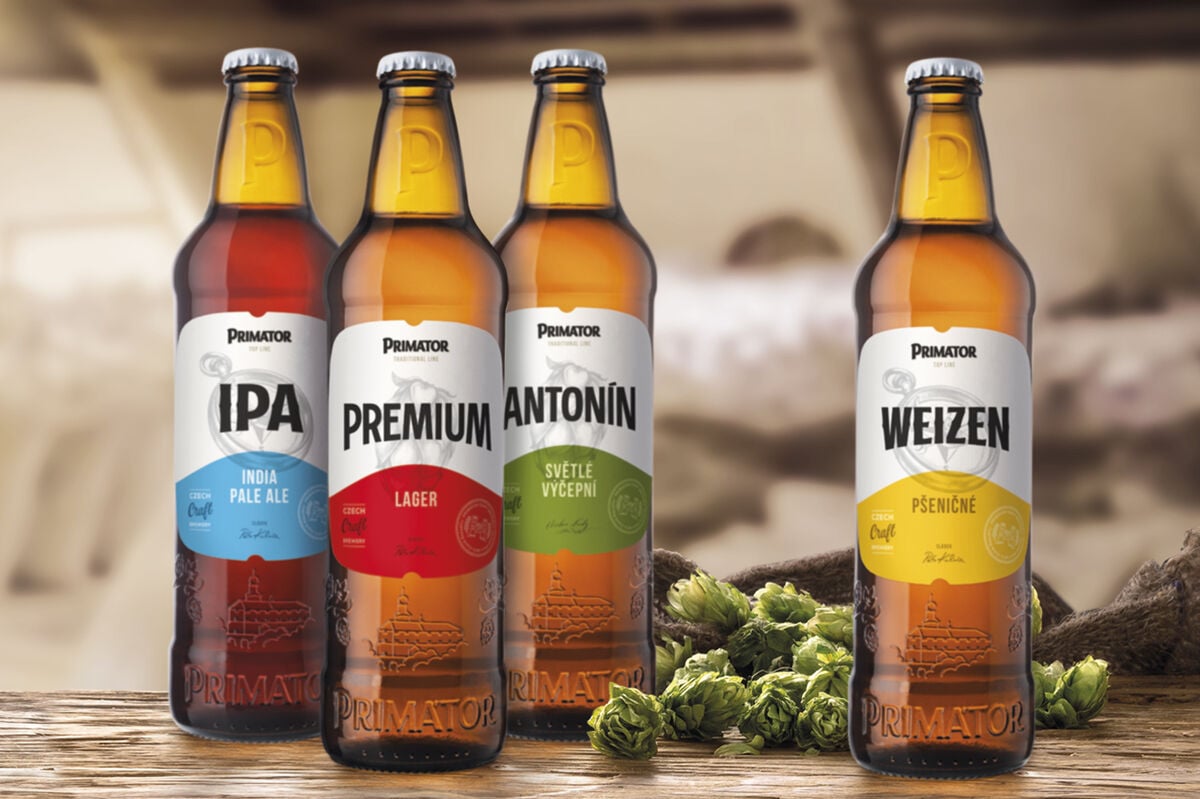
East Bohemia and the Vysočina
About 98 percent of the Czech beer consumed in the country is pale lager, with tmavé pivo, or dark beer, making up just about everything else. But a few breweries have recently returned to the centuries-old tradition of Czech wheat beers, with the most popular coming from Pivovar Primátor in Náchod, East Bohemia, which also makes an excellent stout, one of the country’s best amber lagers and three great strong lagers. One of the country’s only Baltic porters – and perhaps the southernmost traditional exemplar of the style – is Pardubický Porter, brewed since 1891 by Pivovar Pernštejn in the horseracing town of Pardubice. The brewery is located not far from the main train station, and connecting lines continue to the nearby city of Hradec Králové, where the microbrewery Pivovar Rambousek makes its Eliščino Královské 13°, a sweet and fragrant chestnut-honey lager, in a glass-enclosed corner of a former industrial brewery that was recently converted into office space.
Along Bohemia’s eastern edge is the Vysočina, or highlands, where several highly traditional brewers survived the buyouts and closures of the past 20 years. Rich maltiness seems to be a characteristic of beers from this region, like the wonderfully fresh – and proudly unpasteurized – lagers from Bernard, one of the few independent breweries to retain its own malthouse.
Nearby, the first new industrial brewery in a generation, Chotěboř, started producing its four classic lagers in mid-2009.
Brewery-hotels can be found in just about every area of the country, but the nicest might just be Jelínkova Vila, which opened in 2004 and has tastefully decorated rooms upstairs, with excellent house pale, dark and amber lagers available in its ground-floor brewpub.
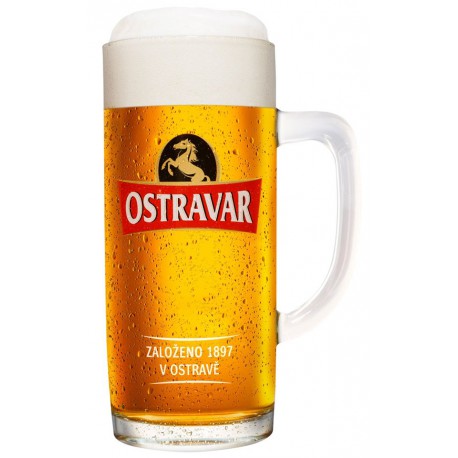
Moravia
Home to the legendary barley growers of the Haná Valley, beautiful Moravia has fewer crowds, lower prices and one of the most dynamic brewpub scenes in the country. And now, given the new high-speed trains linking Prague and several Moravian cities, it doesn’t feel nearly as remote as it used to be.
Take the new high-speed Pendolino train – featured in the 2008 James Bond movie, “Quantum of Solace” – to the university town of Olomouc and check out Moritz, the country’s first nonsmoking brewpub, certainly a sign of changing times.
Continue on the Pendolino to the far-eastern industrial city of Ostrava, just over three hours total from Prague, and check into the hotel and brewery inside the Zábřeh zámek, or chateau, whose noble grandeur can serve as your base as you visit the city’s industrial brewery, Ostravar, one of the last large producers to use traditional open fermentation vessels. Visit the hobbit-themed Biovar brewpub, maker of rustic-style nonfiltered lagers, then travel south to the citadel town of Štramberk, where a brewpub on the main square serves excellent dark and pale lagers under the eye of a soaring watchtower.
Alternately, take the Vienna-bound Pendolino train to Brno, the second city of the Czech Republic, and check in to the Pegas hotel and brewpub, maker of an excellent 16° golden lager and other craft brews. From here you can walk to the large Starobrno brewery, now owned by Heineken and located right next to the pea garden where Gregor Mendel worked out the foundations of modern genetics. A bus from the nearby station will take you to Žebětín Říšova, where the U Richarda brewpub serves an excellent světlé kvasnicové pivo.

Prague and Central Bohemia
At one point I would have recommended you stop here and pass up a visit to Prague, or Praha. But then, a couple of years back, something happened: a new trend of čtvrtá pípa, or “fourth pipe” pubs, arrived in the capital. Originally dominated by the large, international brewing concerns that owned and controlled the taps, many pubs here started adding an independent “fourth pipe” to offer a rotating selection of craft beers from around the various Czech regions, making it possible to do a tasting tour of the country without ever leaving Prague.
The trend apparently started at the legendary První Pivní Tramway, a raucous bar in a shed at the end of the 11 tram in the industrial Prague neighborhood of Spořilov. Now “fourth pipe” can mean any number of pipes, though it generally signifies a rotating list of beers from independent producers. Essential čtvrtá pípa pubs include U Prince Miroslava in the Smíchov district, Merenda in Žižkov and the incomparable Zlý časy, or “Evil Times,” a pub that plans to expand to 21 taps of independent beers and has a great beer garden, as well as some of the best (and most reasonably priced) meals in the city.
Beyond the pubs serving Czech regional beers, Prague’s brewery scene has also blossomed. Dominated by the industrial giant Staropramen, previously part of Anheuser-Busch InBev, the city now has eight brewpubs. For the sake of variety, I’d pick Pivovarský dům, maker of a yeasty, bread-like unfiltered pale lager, a great dark lager, a refreshing wheat beer and must-try monthly specials throughout the year. Or try Richter Brewery, a.k.a. Pivovar U Bulovky, where brewer František Richter combines Czech and German beer styles with a menu of excellent pub food. One of the newest brewpubs, Pivovar Bašta, has one of the best Vienna-style lagers in the country and makes for easy pub-crawling, since it is situated only about five minutes from Zlý časy.
Just outside of Prague in the surrounding region of Central Bohemia, there are more than a dozen beer producers. Two can be reached within minutes: Pivovarský Dvůr, in nearby Chýně, which makes an impressive Rauchbier and a great corn lager, as well as the U Bezoušků brewpub in Průhonice, both of which can easily be reached by bus from Prague metro stations. Or hop a milk train to the commuter town of Beroun, where the Berounský Medvěd brewpub serves rich, unfiltered lagers in a salvage yard next to the train station.
Even after spending a decade in the Czech lands, I still find it surprising how many excellent beer destinations are out there – and how many new ones are just now showing up. It’s actually hard to keep up, and though I once spent weeks at a time on the Czech beer trail, I don’t seem to have as many chances to explore lately.
But every so often I make time to stop by Prague’s Pivovarský klub for a quick pint from one of the six rotating taps of regional brews or one of the classics off the yardlong bottled beer list. Every so often I get to drink my all-time personal favorite, Pivovar Kout na Šumavě’s desítka, at U Slovanské Lípy. And though I know that beer paradise is probably somewhere far from Prague in the Bohemian hinterlands, or at a new Moravian brewery-hotel no one has heard of yet, I still sometimes think that I’ve just found it.
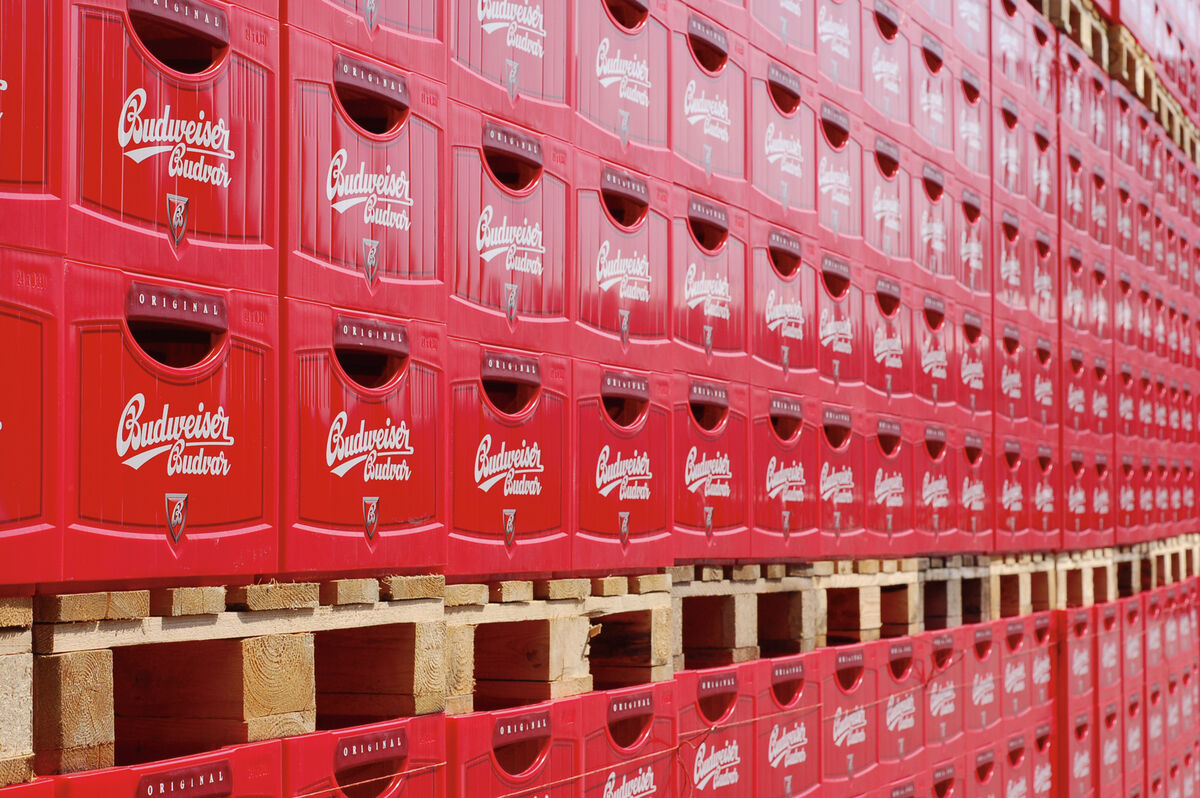
Planning a trip to the Czech Republic? Make sure you check out these Bohemian beer landmarks:
South Bohemia
Pivovar Jihlava
www.pivovar-jihlava.cz
Budweiser Budvar
www.budvar.cz
Bohemia Regent
www.pivovar-regent.cz
Pivovar Eggenberg
www.eggenberg.cz
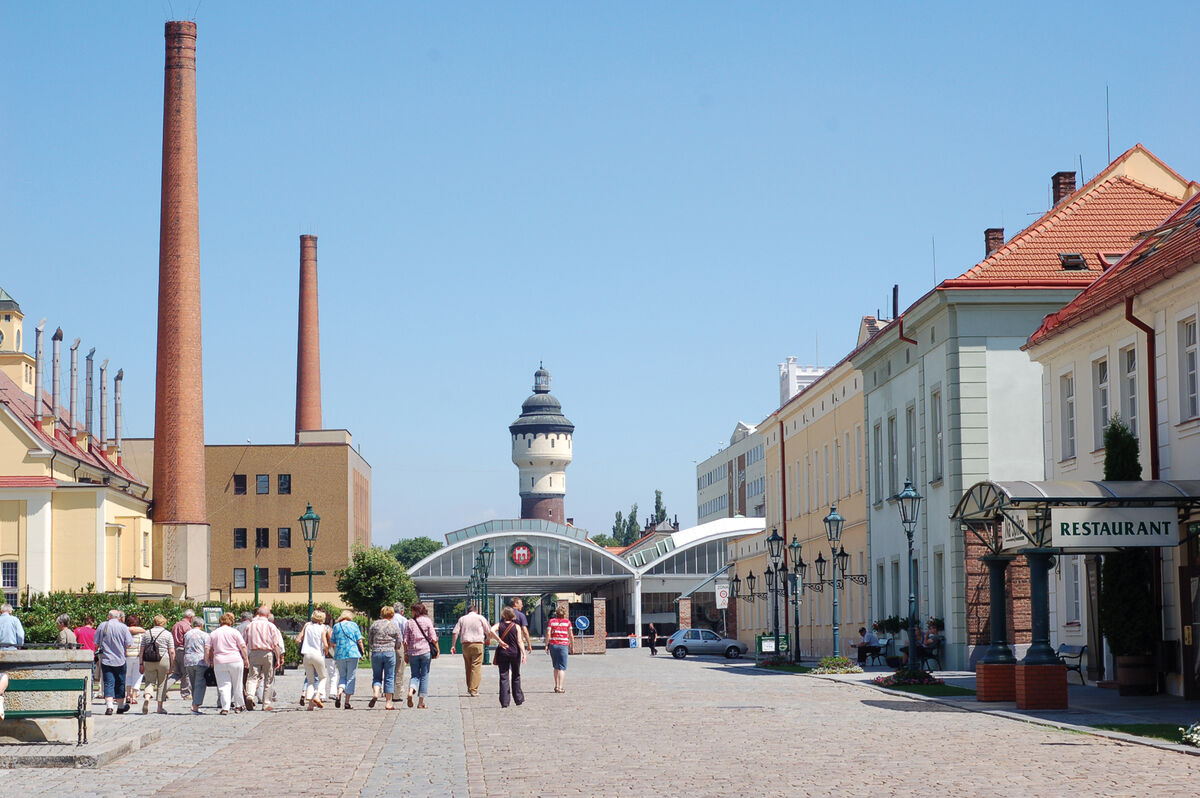
West Bohemia
Pilsner Urquell
www.pilsnerurquell.com
Gambrinus
www.gambrinus.cz
Plzeň Brewery Museum
Veleslavinova 6, Plzeň
Tel. 011 420 377 235 574
Pivovar Groll
www.grollpivovar.cz
Purkmistr
www.purkmistr.cz
Urytíře Lochoty
www.lochota.cz
U Rybiček
www.urybicek.eu
Hotel St. Florian
www.hotel-loket.cz
Chodovar
www.chodovar.cz
North Bohemia
Žatecký Pivovar
www.zateckypivovar.cz
Pivovar Kocour
www.pivovar-kocour.cz
Novosad
www.sklarnaharrachov.cz
East Bohemia
Pivovar Primátor
www.primator.cz
Pivovar Pernštejn
www.pernstejn.cz
Pivovar Rambousek
www.rambousek.wz.cz
Bernard
www.bernard.cz
Pivovar Chotěboř
www.pivovarchotebor.cz
Jelínkova Vila
www.jelinkovavila.cz
Moravia
Moritz
www.hostinec-moritz.com
Zámek Zábřeh
www.zamek-zabreh.cz
Ostravar
www.ostravar.cz
Biovar
www.hobitclub.net/minipivovar
Štramberk
www.truba.cz
Hotel Pegas
www.hotelpegas.cz
Starobrno
www.starobrno.cz
U Richarda
www.uricharda2.cz
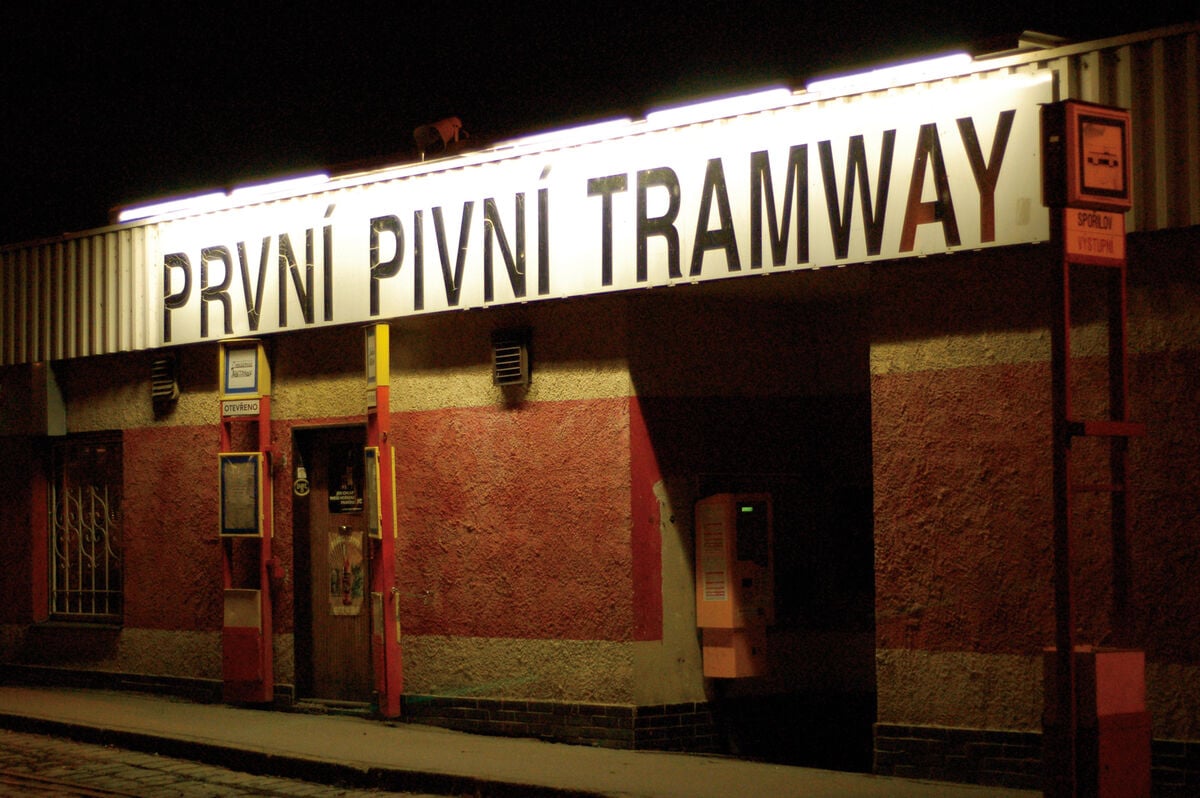
Prague and Central Bohemia
První Pivní Tramway
Na Chodovci 1a
Tel. 011 272 765 683
U Prince Miroslava
www.uprincemiroslava.eu
Merenda
www.merenda.cz
Zlý časy
www.zlycasy.eu
Staropramen
www.staropramen.com
Pivovarský dům
www.gastroinfo.cz/pivodum
Richter
www.pivovarubulovky.cz
Pivovar Bašta
www.ubansethu.cz
Pivovarský Dvůr Chýně
www.pivovarskydvur.cz
U Bezoušků
www.ubezousku.cz
Berounský Medvěd
www.berounskymedved.com
Pivovarsky klub
www.gastroinfo.cz/pivoklub/
U Slovanské Lípy Tachovské nám.
288/6, Prague
Tel. 011 420 602 615 973
Pivovar Kout na Šumavě
www.pivovarkout.cz



